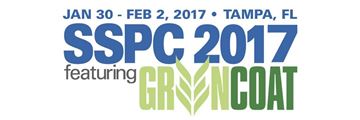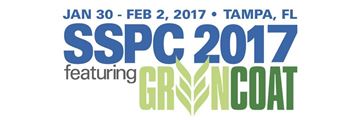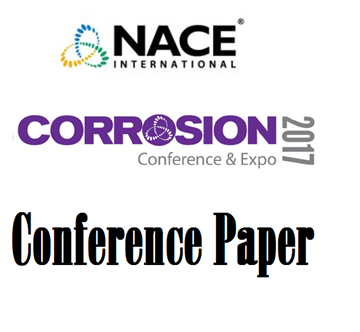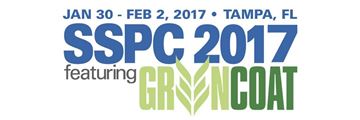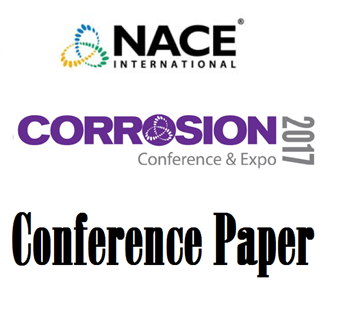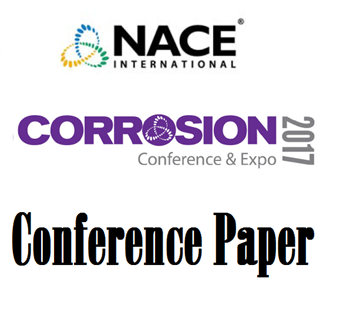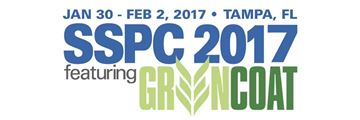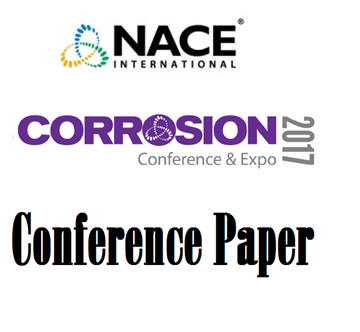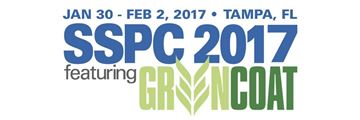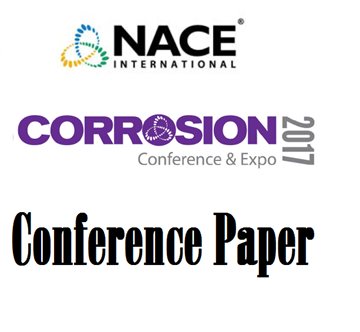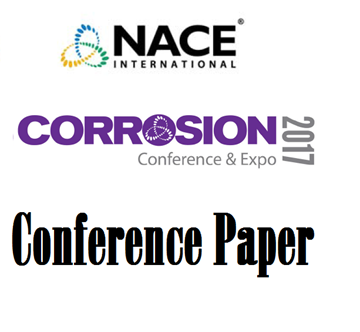Search
Products tagged with '2017 Conference Papers'
View as
Sort by
Display
per page
New Reactive Diluent to Reduce the VOC Content of Polyurethane Acrylic Coatings
Product Number:
51217-050-SG
Publication Date:
2017
$20.00
Newly Developed Waterborne Phenalkamine for Corrosion Resistant Primers
Product Number:
51217-083-SG
Publication Date:
2017
$20.00
Ni-W-B and Ni-W-B-Nanodiamond Metal Matrix Nanocomposite Protective Coatings
Product Number:
51317--9149-SG
ISBN:
9149 2017 CP
Publication Date:
2017
$20.00
Non-Ideal Gases and Solutions Complexes and Ion Pairs in Corrosion
Product Number:
51317--8835-SG
ISBN:
8835 2017 CP
Publication Date:
2017
$20.00
Non-Intrusive Ultrasonic Corrosion-Rate Measurement in Lieu of Manual and Intrusive Methods
Product Number:
51317--8926-SG
ISBN:
8926 2017 CP
Publication Date:
2017
$20.00
Non-isocyanate Glycidyl Carbamate Based, Fouling-Release Marine Coatings
Product Number:
51217-063-SG
Publication Date:
2017
$20.00
Non-Metallic Piping Systems for Corrosive Fluid Processing
Product Number:
51317--9121-SG
ISBN:
9121 2017 CP
Publication Date:
2017
$20.00
Novel Crosslinking Isocyanate-Free Coatings Technology
Product Number:
51217-065-SG
Publication Date:
2017
$20.00
Novel Structure Modified fumed Silica Technology (SMS) Improves AntiFouling Performance in Cuprous Oxide Based Coatings
Product Number:
51217-059-SG
Publication Date:
2017
$20.00
Observation of Flow Dependent Corrosion Rate by Ultrasound Corrosion Monitoring on a Gas Pipeline
Product Number:
51317--9336-SG
ISBN:
9336 2017 CP
Publication Date:
2017
$20.00
Online Continuous Corrosion Monitoring for Detection Monitoring and Control of Localized Corrosion
Product Number:
51317--9065-SG
ISBN:
9065 2017 CP
Publication Date:
2017
$20.00

